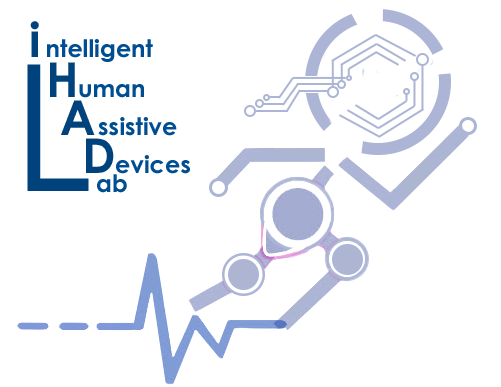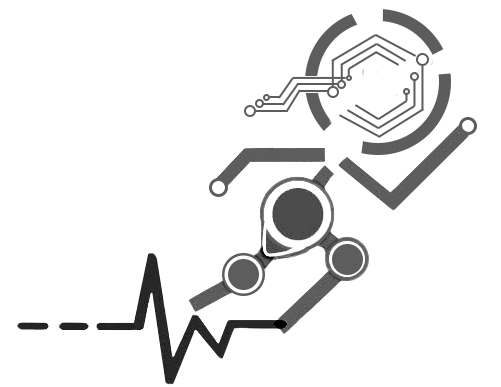Reza Deabae and Atousa Parsaei- Elizabeth Cannon Scholarship
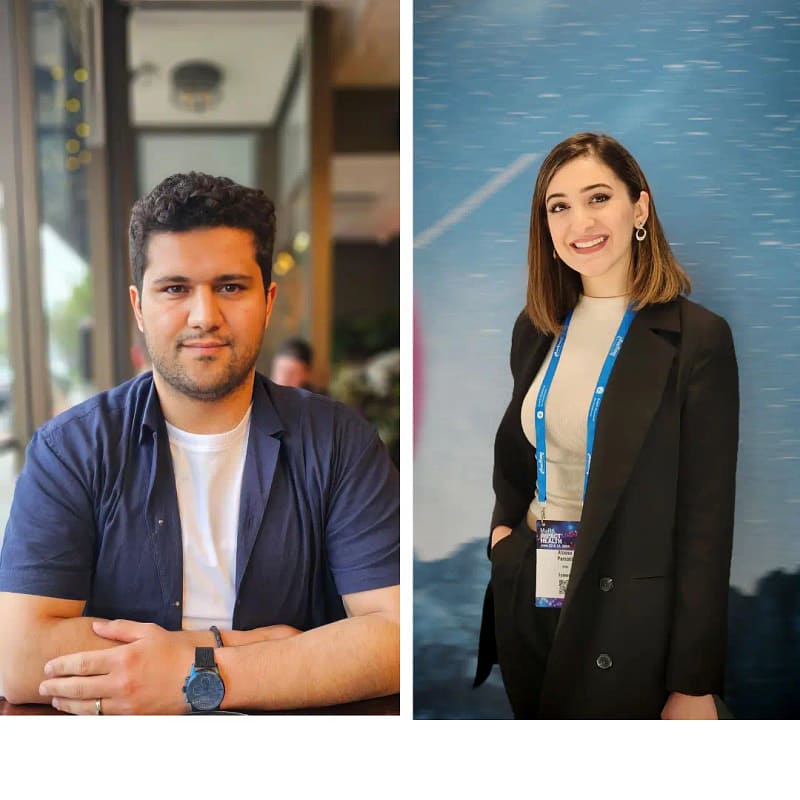
Congratulations to Reza Deabae (PhD student) and Atousa Parsaei (MSc student) for receiving the Elizabeth Cannon Graduate Scholarship in Entrepreneurial Thinking. It’s exciting that two members of our lab have received this award, showcasing their innovative approach to developing creative solutions for real-world challenges. https://grad.ucalgary.ca/awards/award-opportunities/elizabeth-cannon-graduate-scholarship-entrepreneurial-thinking
CSB Travel Award
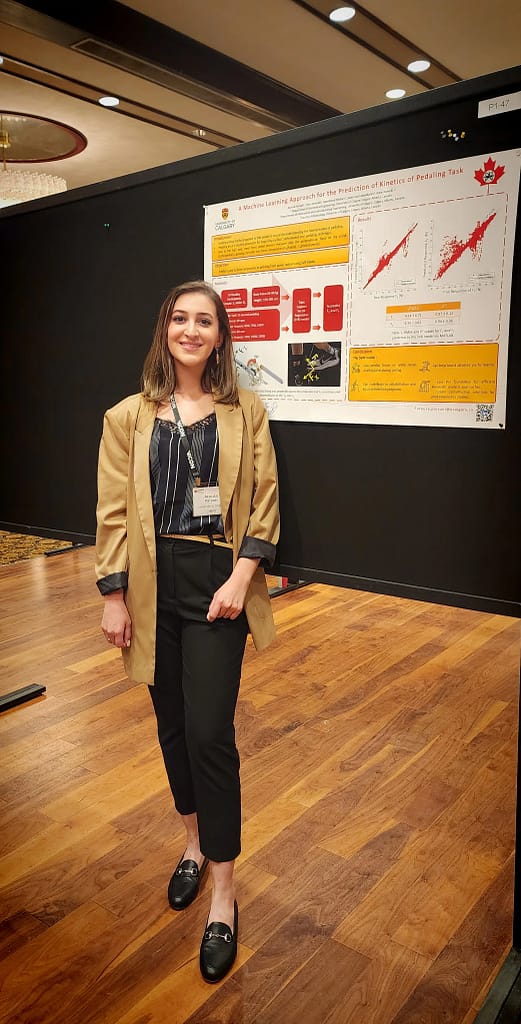
Congratulations to Atousa Parsaei (MSc student) for receiving the CSB travel award.
Reza Ahmadi & Peyman Tahghighi – AGES Award

Congratulations to Reza Ahmadi (on the right) and Peyman Tahghighi (on the left), both PhD students, for receiving the Alberta Graduate Excellence Scholarship (AGES). This award recognizes their outstanding research and the significant impact it has made in their respective fields.
Predict Knee Kinematics During Stationary Cycling via Machine Learning Regression Models
To improve athletes’ performance and prevent injuries, an understanding of the kinematics of lower limbs is becoming increasingly important in rehabilitating lower extremities with cycling ergometer, particularly the hip and knee joints. Motion capture system is a common method for motion studies, however, it requires complex and expensive equipment, which is limited to the laboratory environment, might face some difficulties in finding some hidden trajectories, and are typically expensive and time-consuming. The purpose of this study is to integrate machine learning and deep learning methods with data from a motion capture system to develop a model that can predict where markers will be placed on the hips and knees on the basis of an individual’s anthropometric information and the cycling device dimensions.This study contributes significantly to biomechanical study of knee joint, offering a potential integration of predictive models and real-time monitoring of knee joint kinematics during cycling exercise with stationary ergometers. Improving and optimizing the proposed method will pave the road for developing efficient and cost-effective methods for conducting kinematics analyses. Download PDF Version
2024-04-10 Teaching and Research Excellence
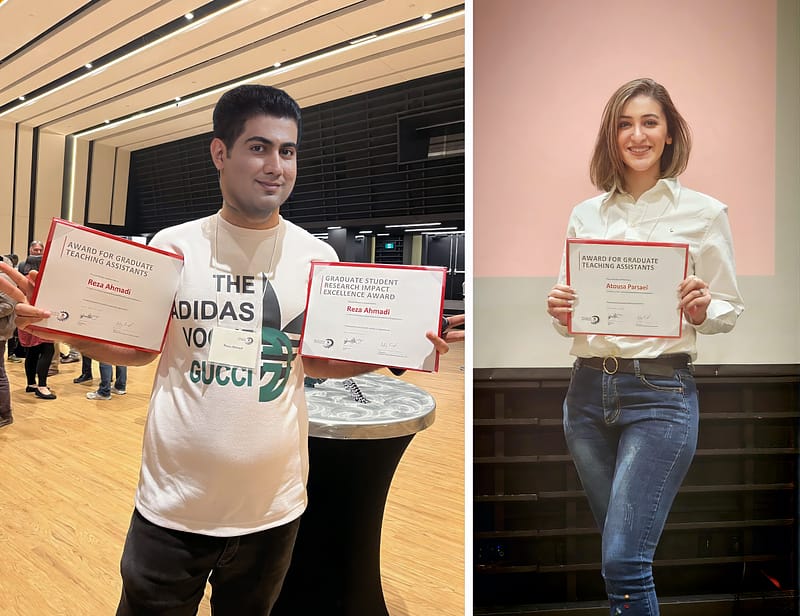
Congratulations to Atousa Parsaei and Reza Ahmadi. Reza Ahmadi and Atousa Parsaei have both been recognized with prestigious accolades from the SSE: Reza with the SSE Research Excellence Award and Teaching Assistant Award, Atousa with the SSE Teaching Assistant Award. Within iHADLab, we take immense pride in nurturing individuals who exemplify not only a commitment to groundbreaking research but also a dedication to guiding and supporting undergraduate students in their academic journeys. During the W24 semester, I had the privilege of collaborating with Reza and Atousa in delivering ENME317. Throughout this time, I witnessed their unwavering dedication in conducting labs, meticulously assessing student submissions, and contributing to various aspects of course facilitation. Their exceptional efforts did not go unnoticed, as echoed by the resoundingly positive feedback from students at the semester’s conclusion. As such, it is with great pride that we extend our heartfelt congratulations to Reza and Atousa on their well-deserved recognition. Their passion for both research and teaching serves as an inspiration to us all, and we are confident that they will continue to positively impact the academic community for years to come. On behalf of iHADLab and the department, we express our sincerest gratitude to Reza and Atousa for their invaluable contributions and unwavering commitment to excellence. PS: Reza’s body in the photo belongs to someone else (adopted with permission).
